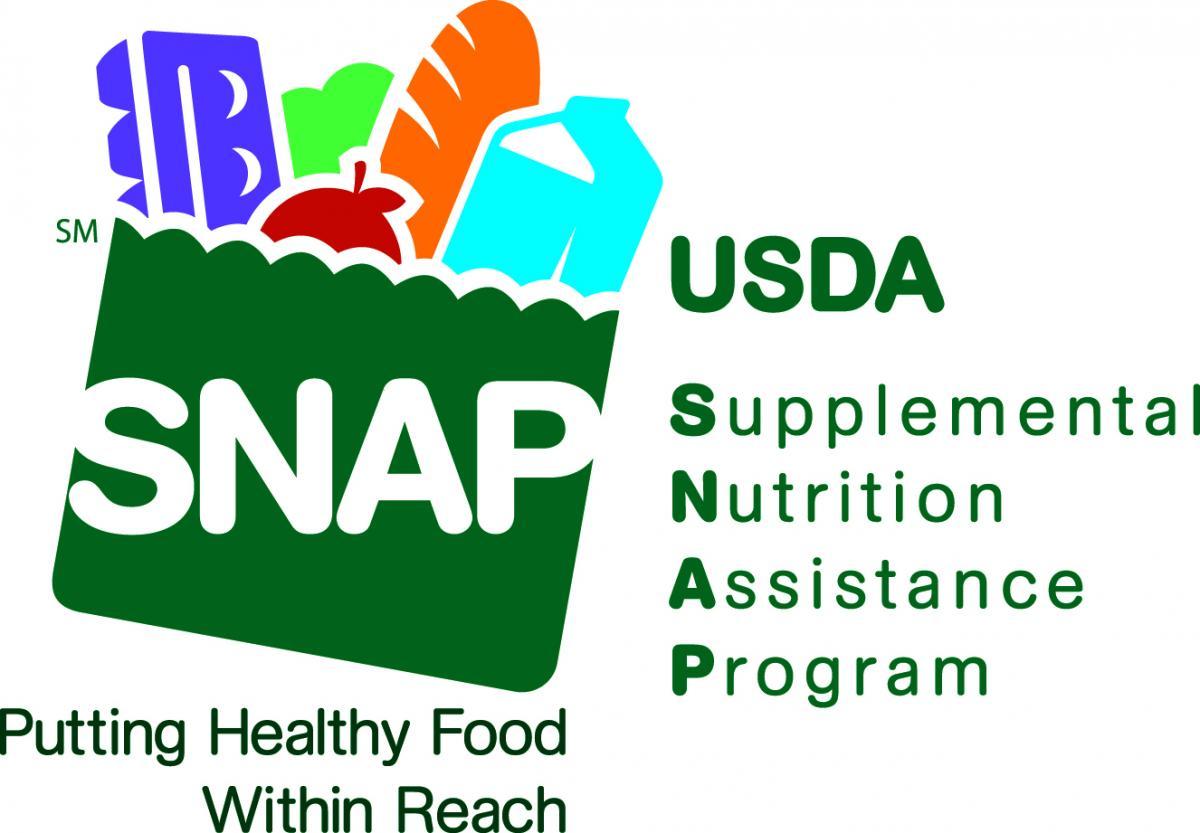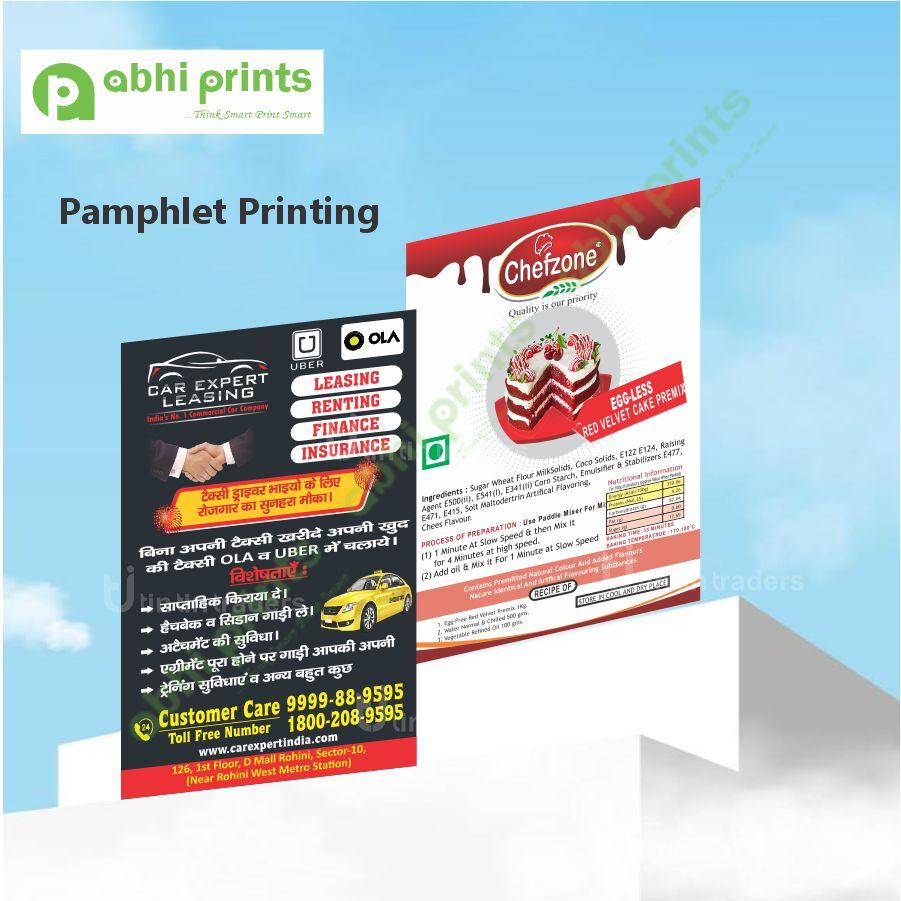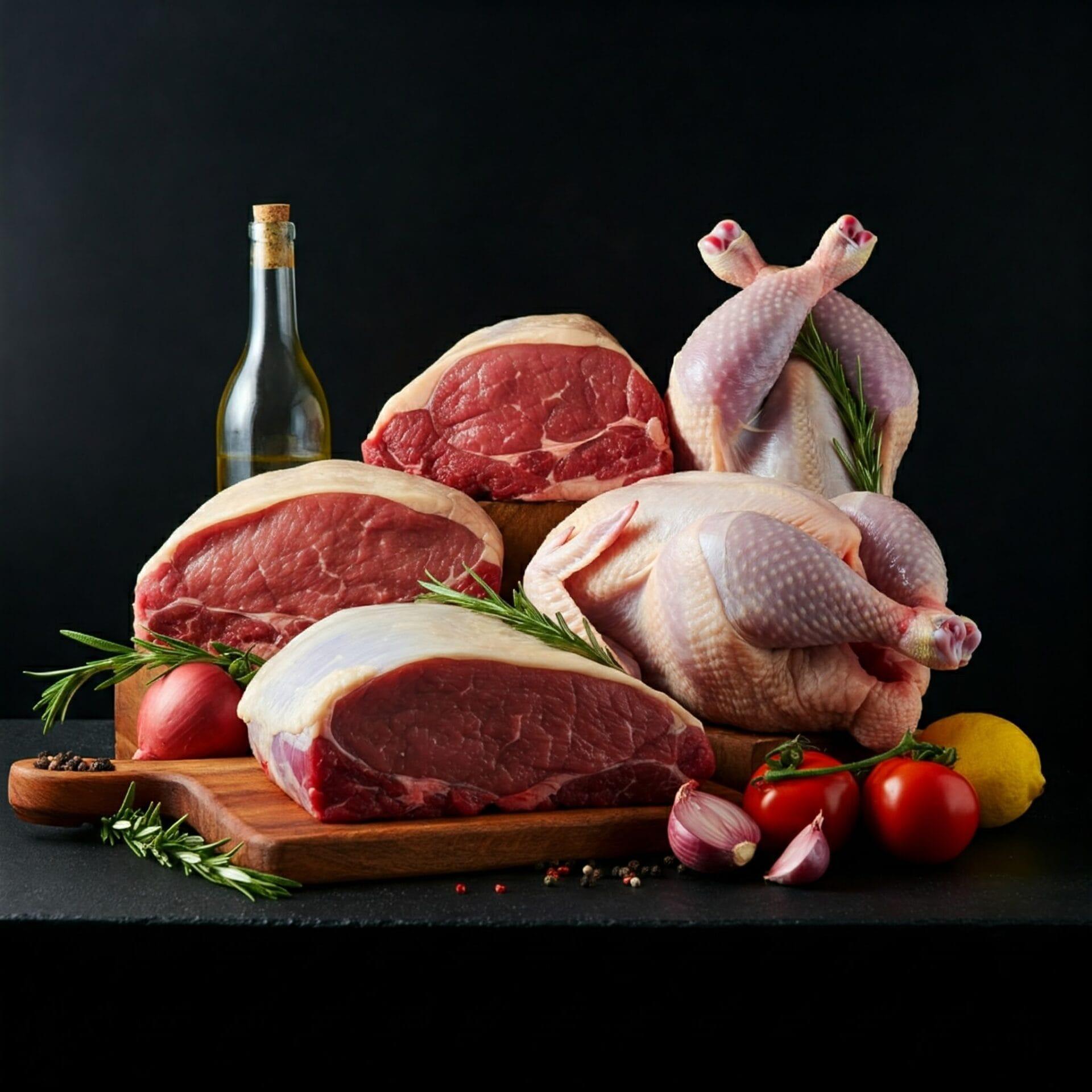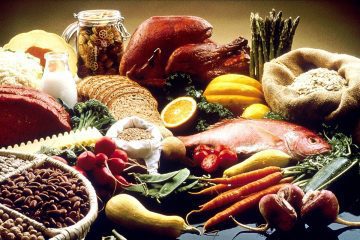Table of Contents
- Understanding Your Food Stamp Benefits and Limits
- Creating a Monthly Meal Plan to Maximize Resources
- Exploring Affordable Grocery Shopping Strategies
- Utilizing Community Support and Resources
- Cooking Tips for Stretching Your Food Budget
- Q&A
- Final Thoughts


Understanding Your Food Stamp Benefits and Limits
When navigating the complexities of your food stamp benefits, it’s crucial to have a clear understanding of the allowances and restrictions that come with the program. Food stamps, also known as the Supplemental Nutrition Assistance Program (SNAP), provide funds specifically allocated for purchasing food items. However, keep in mind that not all products qualify for purchase with these benefits. Familiarizing yourself with the eligible items can optimize your food budget and ensure that you’re using your resources wisely.
Limits on your benefits can vary based on several factors, such as household size, income, and overall financial situation. Typically, benefits are calculated based on monthly income and expenses, which helps determine the total amount you receive. It’s also important to note that as your household circumstances change—like an increase in income or a change in family size—your benefit amount may be adjusted accordingly. Here are some of the key factors that influence your food stamp allocation:
- Household Size: The number of people living in your home significantly impacts your benefits.
- Income Level: Employment status and monthly income are critical in deciding the benefit amount.
- Dependent Care Expenses: Additional costs, such as childcare, can affect the calculations.
To illustrate the potential impact of these factors, consider the following breakdown of average benefits based on household size:
| Household Size | Average Monthly Benefit |
|---|---|
| 1 Person | $250 |
| 2 People | $450 |
| 3 People | $600 |
| 4 People | $750 |


Creating a Monthly Meal Plan to Maximize Resources
Creating a monthly meal plan is a strategic way to stretch your food stamps while ensuring your family enjoys nutritious meals. Start by assessing what you already have in your pantry and refrigerator. This inventory will help you identify ingredients that need to be used and prevent waste. From here, consider seasonal produce and what’s available at your local grocery store, as purchasing in-season items often offers better quality at a lower price.Next, plan your meals based on your inventory and include a variety of food groups to maintain a balanced diet. Use a simple template to outline your weekly meals, focusing on incorporating staple ingredients that can be repurposed across different dishes throughout the month. For instance, one batch of roasted chicken can serve for dinner, then be reimagined into chicken salad for lunches. A few ideas for versatile staples include:- Rice or quinoa
- Canned beans
- Frozen vegetables
- Eggs
- Pasta
| Week | Estimated Cost ($) | Food Stamp Usage ($) |
|---|---|---|
| Week 1 | 75 | 75 |
| Week 2 | 60 | 60 |
| Week 3 | 85 | 85 |
| Week 4 | 70 | 70 |


Exploring Affordable Grocery Shopping Strategies
Finding ways to stretch your food budget can transform your shopping experience, making it more enjoyable and less stressful. Start by planning your meals for the week. By preparing a simple menu, you can avoid impulse purchases that often lead to overspending. Consider using a meal planning template to organize your ideas. This will help you stick to your grocery list and ensure you only buy what you need. Here are a few tips to keep in mind while planning:
- Incorporate seasonal produce into your meals for better pricing.
- Choose versatile ingredients that can be used in multiple recipes.
- Batch cook to save time and make the most of leftovers.
Another effective strategy is to explore local discounts and specialized food programs that can help you save even more. Many groceries offer loyalty cards or weekly deals, so take advantage of these to maximize your savings. Additionally, don’t overlook community resources such as food banks or co-ops that provide fresh, low-cost options. Here’s a quick comparison of where you might find the best deals:
| Option | Description | Pros | Cons |
|---|---|---|---|
| Supermarkets | Large chains with a wide variety | Convenience, Price Matching | Can be crowded, Impulse buys |
| Local Farmer’s Markets | Fresh, often organic produce | Quality, Supports local | Limited hours, Seasonal items only |
| Online Grocers | Order groceries online for delivery or pickup | Time-saving, Price comparison | Delivery fees, Limited local products |
Lastly, always consider your shopping place and the timing of your visits. Shopping during off-peak hours usually leads to a more relaxed environment which can help you focus better on your list. Take time to explore each aisle and look for sales or clearance items that might be a good addition to your pantry. Adopting these strategies not only respects your budget but also empowers you to make smarter, healthier choices at the grocery store.


Utilizing Community Support and Resources
One of the most effective ways to maximize your food stamp budget is by engaging with local community support systems. Many neighborhoods have food co-ops or community kitchens that offer discounts or even free meals to individuals in need. By partnering with these organizations, you can stretch your food stamp dollars further. Consider the following options:
- Community Gardens: Get involved in local gardening initiatives where you can grow your own fruits and vegetables.
- Food Banks: Use food banks as a supplemental resource. They often provide nutritious foods that can complement your existing budget.
- Meal Share Programs: Participate in or start meal share groups within your community, where families can cook and exchange meals.
Additionally, many states run educational programs that help individuals learn how to budget and prepare healthy meals on a limited income. Taking advantage of these resources can empower you to make better nutritional choices while making your food stamp budget go further. Here’s a sample of resources typically offered:
| Program Name | Description | Contact Information |
|---|---|---|
| Nutrition Education | Workshops on meal planning and cooking. | (123) 456-7890 |
| Healthy Cooking Classes | Classes focusing on budget-friendly healthy meals. | (234) 567-8901 |
| Local Food Resources | A directory of local food pantries and programs. | (345) 678-9012 |
By utilizing these community support options and resources, you not only gain access to additional food but also build a network of connections that foster resilience. Engaging with fellow community members who share similar experiences can also provide emotional support and practical advice as you navigate budgeting with food stamps.


Cooking Tips for Stretching Your Food Budget
Stretching your food budget doesn’t mean compromising on flavor or nutrition. Begin by planning your meals for the week. This will not only help you avoid impulse buys but also ensure that you use all of the ingredients you purchase. Make a list of what you need before heading to the grocery store and stick to it. Consider shopping with store flyers in hand to identify sales on seasonal produce and other essentials, maximizing your potential savings.
Bulk buying is another effective strategy. Many staples like rice, pasta, beans, and oats are often much cheaper when purchased in larger quantities. Divide these bulk items into smaller portions at home to use as needed. Additionally, don’t forget about the freezer. Here are some items that freeze well and can save you money in the long run:
- Cooked meals (like soups and stews)
- Fruits and vegetables (wash, chop, and freeze)
- Bread and baked goods
- Leftovers from dinner
Lastly, embrace seasonal and local produce. Fresh fruits and vegetables are usually more affordable when bought in season, offering peak flavor and freshness. Consider visiting local farmers markets for the best deals. Plan your meals around what’s in season to not only stretch your budget but also enjoy a variety of nutritious foods. Try this simple table to keep track of seasonal produce in your region:
| Season | Fruits | Vegetables |
|---|---|---|
| Spring | Strawberries, Cherries | Asparagus, Spinach |
| Summer | Blueberries, Peaches | Tomatoes, Corn |
| Fall | Apples, Pears | Squash, Brussel Sprouts |
| Winter | Citrus Fruits | Root Vegetables |




0 Comments